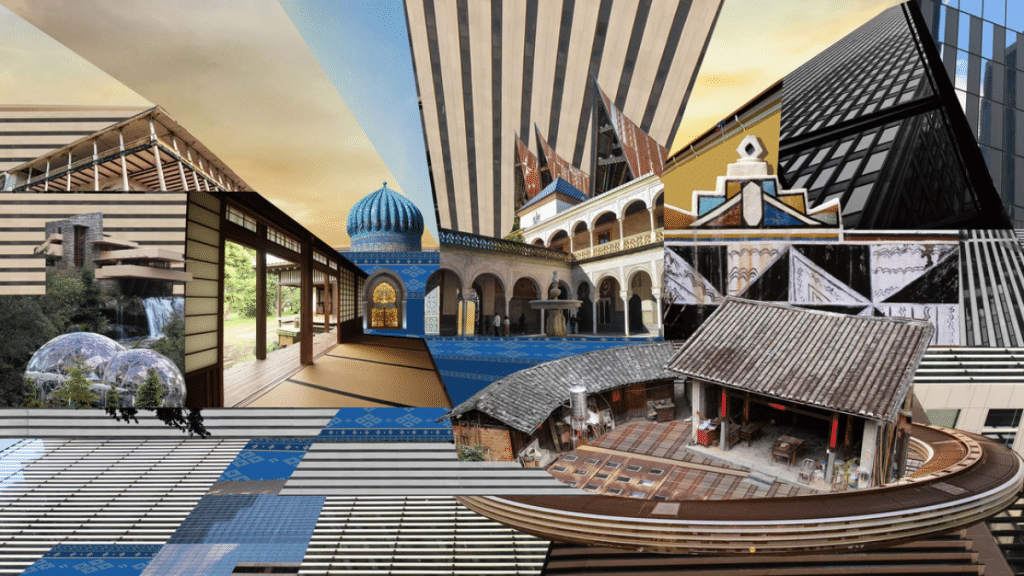Cities are constantly developing and shaped by the people and ideas that guide their growth. How they expand and adapt often depends on those prioritizing long-term thinking, shared spaces, and sustainable development. These efforts extend beyond physical structures; they help express a city’s values and aspirations.
In Charleston, South Carolina, figures such as Ben Navarro provide a clear example of how individuals can influence a city’s evolution through thoughtful planning and investment. His involvement in the potential redevelopment of Union Pier has brought renewed attention to the importance of aligning design with community needs. Cities often reflect the ambitions of those shaping them, and Charleston is no exception.
Understanding Visionary Development
Visionary development focuses on creating spaces that serve both immediate needs and long-term goals. It values sustainability, community engagement, and local culture. When done well, it doesn’t just fill the land with structures. It creates places that feel like they belong.
This approach balances economic growth with livability. It aims to enhance people’s experiences of their city without losing sight of its unique character.
The Role of Place in City Identity
A city’s identity isn’t formed overnight. It grows out of its history, culture, geography, and how it’s shaped by development. Places like Union Pier serve as physical and symbolic entry points into a city’s story. For example,Ben Navarro’sinterest in Union Pier comes at a time when Charleston is balancing rapid growth with the need to preserve its historic charm. Projects like these invite the community to reimagine how old spaces can be used in new, inclusive ways.
Community-Centered Planning Matters
Development doesn’t exist in a vacuum. The most effective urban projects listen to and involve the people who live nearby. When residents have a voice in planning, they’re more likely to support and benefit from the outcomes.
Key community-focused planning principles include:
- Holding open forums and listening sessions
- Collaborating with local nonprofits and civic groups
- Designing with accessibility and environmental impact in mind
Leading by Example in Urban Investment
Visionary leaders often set the tone for how development proceeds. Ben Navarro, a Charleston-based businessman and philanthropist, exemplifies this approach. His work through initiatives in education and real estate shows a consistent focus on building long-term value for communities, not just for investors. Such leadership brings stability and direction to large-scale projects. It helps bridge the gap between private enterprise and public interest.
Adapting Old Spaces for New Purposes
One of the biggest challenges in urban development is rethinking how existing spaces can serve new needs. Waterfronts, warehouses, and transit hubs often sit underutilized for years before being transformed. Charleston’s Union Pier is a case in point. The site has the potential to become a vibrant, mixed-use area that honors its maritime heritage while meeting modern urban demands.
Planning with Service and Access in Mind
Modern developments are not just about aesthetics. They must also function well. Service-related aspects of urban projects are critical to long-term success and community acceptance.
Essential considerations include:
- Efficient infrastructure delivery and setup
- Public transportation access and walkability
- Utility planning that supports sustainable growth
- Emergency services access and safety protocols
Without attention to these details, even well-designed projects may struggle to deliver lasting value.
Why Cities Need Visionary Thinkers
Cities thrive with visionary developers who see beyond current challenges. Ben Navarro exemplifies this leadership, focusing on projects that create long-term value and community impact. Charleston, like many cities, faces rising costs, environmental shifts, and cultural change. Forward-thinking development rooted in community values helps preserve what makes the city unique.
Intentional planning ensures that change is meaningful, strengthening both function and identity. The best projects don’t just alter the landscape—they define a city.
